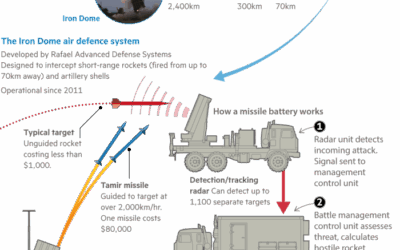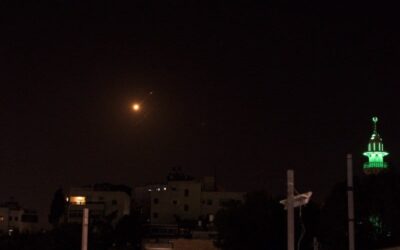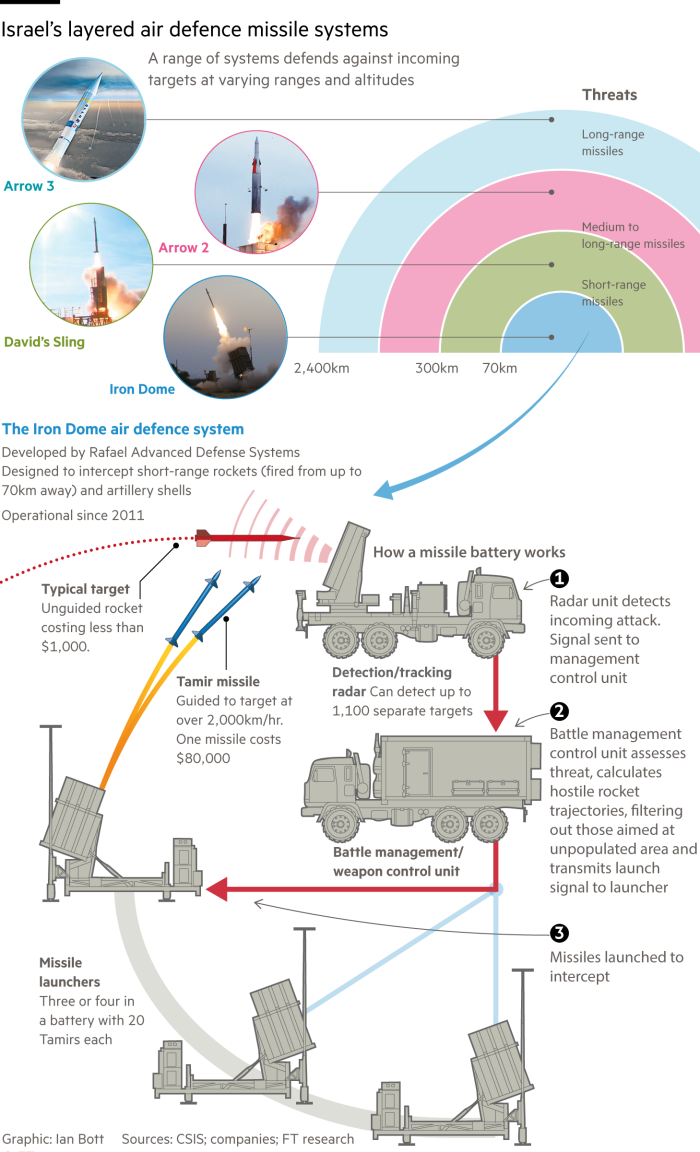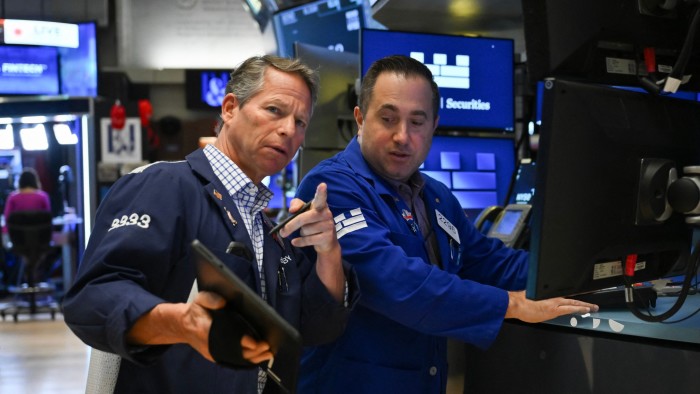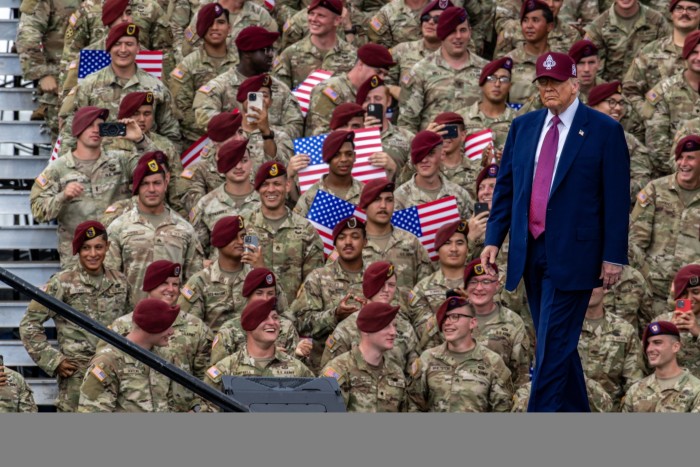The Iranian commanders and scientists killed in Israeli strikes

Unlock the Editor’s Digest for free
Roula Khalaf, Editor of the FT, selects her favourite stories in this weekly newsletter.
Israel killed several of Iran’s top generals and scientists in a devastating large-scale attack that pushed the Middle East into a new war.
Major General Mohammad Bagheri
As chief of staff of Iran’s armed forces, Bagheri was the country’s most senior military commander.
He was born in 1960 and participated in the seizure of the US embassy as a university student in 1979 and joined the Islamic Revolutionary Guard Corps (IRGC) during the Iran-Iraq war, according to the Washington Institute for Near East Policy think-tank.
After a long career in military intelligence, he was plucked from the shadows by Iran’s supreme leader Ayatollah Ali Khamenei and put in charge of the armed forces general staff in 2016. He had sanctions imposed on him by the US in 2019 as one of the “unelected officials who surround Iran’s supreme leader”.

Major General Hossein Salami
Salami, 65, had been commander-in-chief of the IRGC, Iran’s primary military force, since 2019. He has regularly deployed fierce rhetoric against Israel and the US, saying last month Iran would “open the gates of hell” if attacked.
Salami joined the guard in 1980, eventually commanding its air forces. He was put under sanctions by the UN in 2006 and the US in 2007 for involvement in Iran’s nuclear programme.
He became deputy commander in 2009 and was elevated to commander a decade later. After a US drone strike killed an IRGC leader in 2020, Salami threatened retaliation and soon launched missiles at two bases housing US troops in Iraq.
Last year, Salami said Iran’s first-ever direct strike on Israel created “a new equation” in the region.

Ali Shamkhani
Shamkhani served as Iran’s top security official and a senior adviser to Khamenei. He held the role of secretary of the Supreme National Security Council for a decade until his dismissal in 2023, representing Tehran at talks with Saudi Arabia that year that led to the end of a seven-year rift and the restoration of diplomatic ties.

Major General Gholamali Rashid
Rashid, born in 1953, served as deputy commander-in-chief of the armed forces for 17 years, until 2016. He then became commander of the Khatam al-Anbia Central Headquarters, a strategic centre tasked with planning and coordinating joint military operations among Iran’s armed forces. Rashid was sanctioned by the US as a member of Khamenei’s “inner circle” in 2019 and by the EU last year for helping supply drones to Russia in its war on Ukraine.

Fereydoon Abbasi
Born in 1958, Abbasi was a former head of the Atomic Energy Organization of Iran and member of the IRGC. He was injured in an assassination attempt by Israel in 2010, where a motorcyclist attached a bomb to his car. He was put under sanctions by the UN in 2007 for involvement in “nuclear or ballistic missile activities” and by the US for working on uranium enrichment in 2012.
He held a PhD in nuclear physics and was a “laser specialist” and “expert in nuclear isotope separation”, according to the US state department. He had been a professor at Shahid Beheshti University.

Mohammad Mehdi Tehranchi
Tehranchi, born in 1965 in Tehran, was a theoretical physicist and president of the Islamic Azad University in Tehran, and a professor at Shahid Beheshti University.
